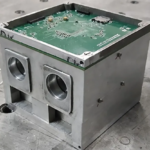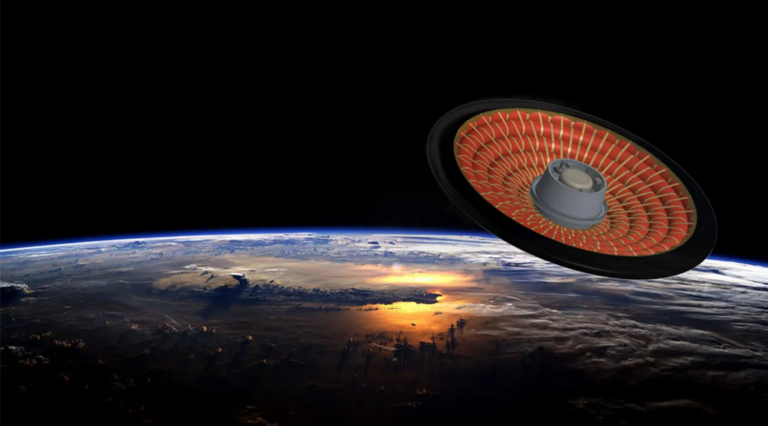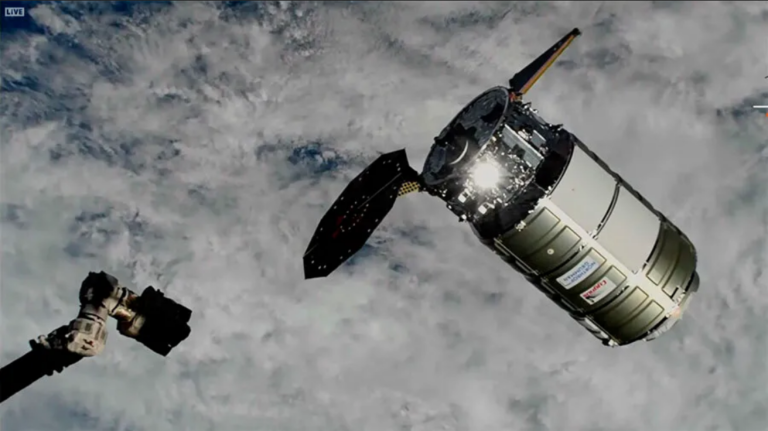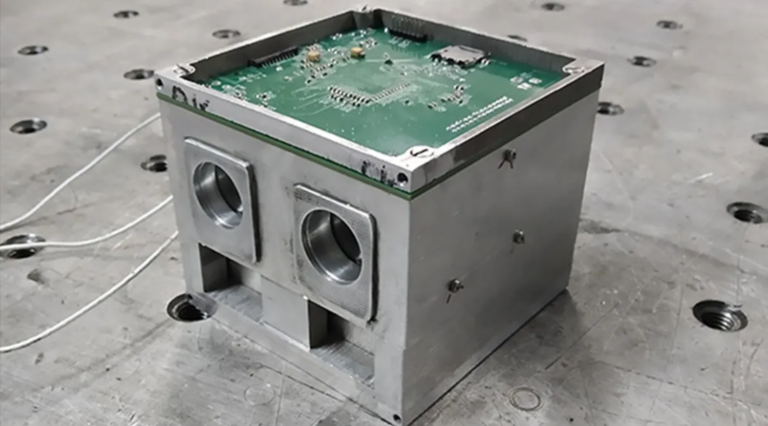Astrogate Labs, based in Bengaluru, is actively developing optical laser-based satellite communication technology, offering several advantages over traditional radio frequency transmission. This innovative approach has the potential to provide higher bandwidth connections at lower data rates, all while eliminating the need for expensive spectrum licensing.
According to Nitish Singh, co-founder and CEO of Astrogate Labs, modern satellites can generate over 100GB of data daily. Using optical transmission technology instead of radio frequency transmission could increase bandwidth by more than 20 times. This leap in data transfer efficiency is just one of the benefits.

Singh highlights that, unlike traditional radio frequency antennas, a five-meter wide parabolic dish can be replaced by a telescope-like ground receiver with a 30 to 40-centimeter aperture when employing optical satellite communication. The European Space Agency’s European Data Relay Satellite System (ERDS) already utilizes this technology in geostationary orbits, transmitting information between non-geostationary satellites, spacecraft, vehicles, and fixed Earth Stations.
While laser-based optical communication is already in use on larger satellites, Astrogate aims to develop a more compact version suitable for smaller satellites. Despite challenges related to pointing accuracy, stability, and atmospheric attenuation, the company has successfully developed the space-to-ground solution and qualified the satellite communication hardware.

Astrogate plans to achieve flight heritage for its technology, testing it in a commercially representative environment, and aims to have it in orbit by the end of 2024. To address challenges related to atmospheric interference, the company plans to build ground stations in drier regions, collaborating with locations in Australia and the Middle East.

Beyond satellite communication, Astrogate’s technology holds potential applications in various fields. The company is building a clientele, particularly among organizations launching Earth observation or experimental satellites for research. Interested organizations can purchase the optical terminal, integrate it into their satellite, and subscribe to a ground communication plan for using Astrogate’s receivers. The company has also demonstrated the technology’s utility in “ship-to-ship” communications, showcasing its versatility beyond space-related applications.











